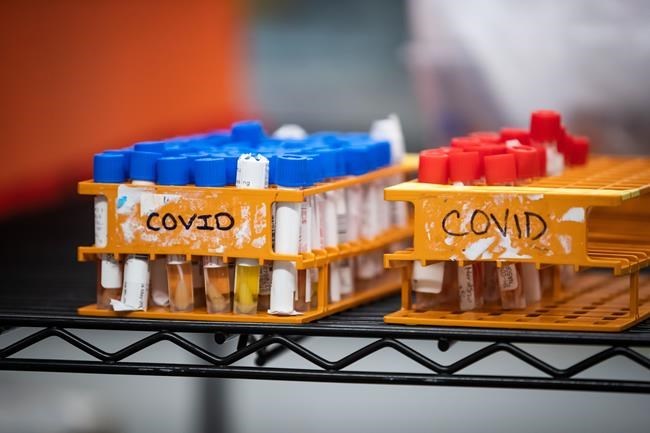One of the challenges of coping with the COVID-19 outbreak is gauging the number of hospital beds that should be freed up. So far in sa国际传媒 around 4,000 beds have been emptied by cancelling non-urgent surgeries and medical imaging procedures. But is that enough? Too many? Too few?
The problem is that we have no accurate picture of how many people with COVID-19 will require hospital care. That鈥檚 because it appears around two thirds of those who are infected experience only mild symptoms. They may not even know they had the disease and don鈥檛 see a doctor.
In effect, the severity of the disease may be exaggerated because people who recover on their own aren鈥檛 factored into the math. There is, however, a way to get around this obstacle. When people fall ill with COVID-19, or other infectious disorders, antibodies form in their bloodstream to fight the disease.
It is possible, by doing a random sample of the population in a given area, to determine how many have COVID-19 antibodies, and therefore how many had the disease. Several small-scale studies have been conducted.
Researchers from the University of Bonn in Germany tested 1,000 residents of Gangelt, a town at the centre of a disease hotspot. They found that 15% of the population had been infected, nearly all of them unreported to medical authorities.
When they compared that with fatalities in the town known to have been caused by COVID, they arrived at a death rate of 0.37%. That鈥檚 far below the death rate in reported cases of 2.36%.
The reason for the difference is that reported cases are far smaller in number than actual cases revealed by the antibody study.
Perhaps coincidentally, that 15% infection rate matches the experience of passengers on the cruise ship Diamond Princess. All 3,711 were quarantined onboard, after several contracted the disease.
When the passengers eventually left the ship and were tested, 15% had been infected.
In the Chinese city of Shenzhen, scientists tested everyone who shared a home with people known to have the disease. Again the same 15% infection rate emerged.
None of these studies is large enough to draw firm conclusions. In addition some types of test may yield only partially accurate results.
Nevertheless with so much hanging in the balance, it seems essential that randomized testing for COVID-19 antibodies begin immediately.
At the national level, this work could be overseen by the Public Health Agency of sa国际传媒. Provincially, the sa国际传媒 Centre for Disease Control would be the responsible body.
Yet to date, no such studies have been launched, and none are imminent.
This is simply unacceptable. If China can organize a test, why can鈥檛 we?
It鈥檚 understandable, when a new infectious disease emerges, that public health officials must prepare for the worst. sa国际传媒 has done a good job in that respect.
The number of reported COVID-19 cases here is a small fraction of the rates we鈥檙e seeing in Ontario and Quebec. And this despite our proximity to Washington state, one of the early hot spots in the U.S.
But it is also essential that we learn, early on, just how severe this new ailment is. If shuttering whole sectors of the economy brings on a repeat of the Great Depression, as the head of the International Monetary Fund is warning, the damage will continue far into the future.
There is also the possibility that the disease will return in the fall, forcing a continuation of stringent measures to combat it. In the midst of such uncertainties, our public health agencies must assure us they are gathering the most reliable evidence available. Until a series of antibody tests are conducted in the general population, no such assurance can be given.



